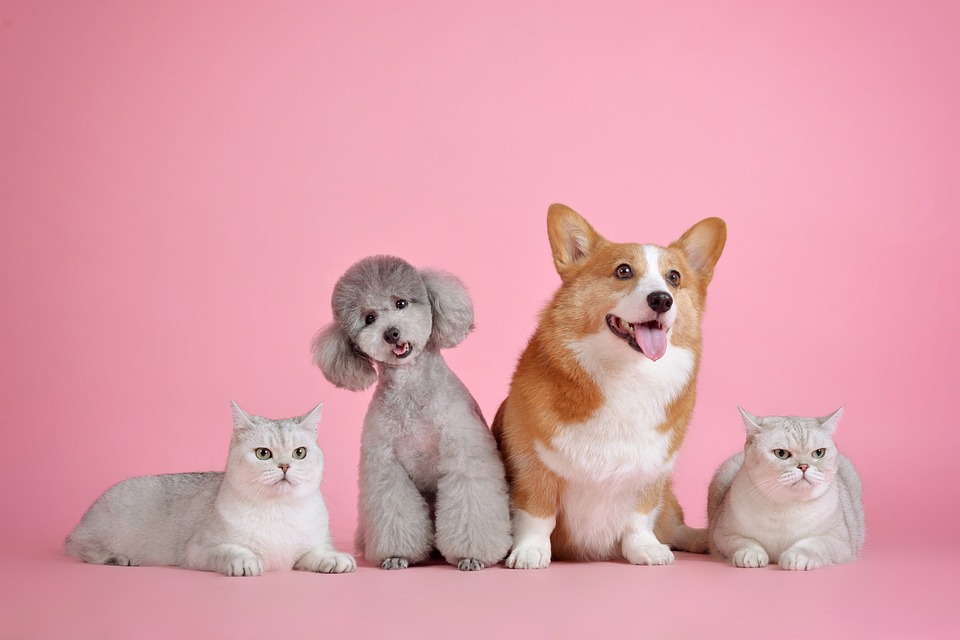Title: Understanding and Managing Cat Aggression Towards Other Pets
Introduction:
Cats are known for their independent and sometimes aloof nature, but aggression towards other pets can be a concerning behavior. In this article, we will delve into the reasons behind cat aggression towards other pets and provide valuable tips on how to manage and prevent such behavior. We will also address frequently asked questions to help you better understand your feline friend’s behavior.
I. Understanding Cat Aggression Towards Other Pets
1.1 Types of Aggression:
a) Territorial aggression: Cats may become aggressive when defending their territory.
b) Fear aggression: Cats may display aggression when they feel threatened or scared.
c) Redirected aggression: Cats may redirect their aggression towards another pet if they are unable to reach the actual target.
d) Predatory aggression: Cats may exhibit aggression towards other pets that are seen as prey.
e) Play aggression: Cats may display aggressive behavior during play, which can sometimes escalate.
1.2 Identifying Aggressive Behavior:
a) Growling, hissing, or spitting are common signs of aggression.
b) Swatting or biting may occur as aggressive behavior.
c) A stiff body posture and raised fur indicate aggression.
d) Tail twitching or lashing can be a sign of aggression.
e) Dilated pupils suggest heightened arousal and potential aggression.
1.3 Common Triggers:
a) Introduction of a new pet can cause aggression due to territorial disputes or fear.
b) Lack of socialization can lead to aggression towards unfamiliar pets.
c) Resource guarding, such as food or toys, may trigger aggression.
d) Medical issues, including pain or discomfort, can cause aggression.
e) Stress or anxiety can contribute to aggression towards other pets.
II. Managing and Preventing Cat Aggression Towards Other Pets
2.1 Gradual Introduction and Proper Socialization:
a) Separate territories initially to allow pets to adjust.
b) Exchange scents between pets to familiarize them with each other’s smell.
c) Controlled visual introduction through gates or crates can help ease tension.
d) Supervised face-to-face meetings with positive reinforcement for good behavior.
e) Reward positive interactions between pets to encourage harmony.
2.2 Providing Sufficient Resources:
a) Multiple feeding stations, litter boxes, and water bowls can prevent resource guarding.
b) Vertical spaces and hiding spots give cats an escape route and reduce conflict.
c) Interactive toys and play sessions help release excess energy and redirect aggression.
d) Individual attention and affection ensure each pet feels loved and valued.
2.3 Creating a Calming Environment:
a) Feliway diffusers or sprays can release calming pheromones in the environment.
b) Soft background music or white noise can help create a soothing atmosphere.
c) Adequate resting areas provide cats with a safe space to relax.
d) A structured routine and consistency in daily activities can reduce stress and anxiety.
2.4 Seeking Professional Help:
a) Consultation with a veterinarian or animal behaviorist can provide expert guidance.
b) Medication or pheromone therapy may be recommended for severe cases.
c) Behavior modification techniques and training can help modify aggressive behavior.
FAQs (Frequently Asked Questions)
Q1. Can cat aggression towards other pets be completely resolved?
Q2. Is neutering/spaying effective in reducing aggression?
Q3. How long does it take for cats to get along?
Q4. What should I do if my cat displays aggression during playtime?
Q5. Can punishment help in curbing cat aggression?
Q6. Are there any natural remedies to calm an aggressive cat?
Q7. Should I separate my cats permanently if they cannot get along?
Q8. Can cat aggression be a sign of an underlying health issue?
Q9. What if my cat’s aggression worsens over time?
Q10. Can cat aggression towards other pets be prevented in kittens?
Conclusion:
By understanding the causes and triggers behind cat aggression towards other pets, pet owners can proactively manage and prevent such behavior. Patient introductions, providing sufficient resources, creating a calm environment, and seeking professional guidance when necessary can significantly improve the relationship between your cat and other pets in the household. Remember, each cat is unique, and finding the right approach may require time and effort, but ultimately, a harmonious multi-pet household is achievable.








